E-paper displays; a myriad of exciting applications to improve personal, industrial and consumer processes
To most of us, the mention of an e-paper display will remind us of devices like Amazon’s Kindle e-reader. But it’s not just e-readers that use this display technology. There are applications across many sectors such as in retail, marketing and travel. According to research company Technavio, the global e-paper display market is predicted to experience a huge compound annual growth rate of 41% over the period 2016 to 2020.
One of the key factors behind this forecast growth is the diversity of new applications that are appearing. E-paper displays have experienced widespread adoption in the retail industry as replacements for paper shelf labels. Capable of being updated electronically with pricing, product information and special offers, they have contributed to retailers saving millions of dollars across the world. The availability of displays that add red to the initial black and white colours further adds to their appeal.
By Scott Soong, CEO, Pervasive Displays.
Consuming no energy while displaying a static image, e-paper is a reflective bistable technology that does not require any backlight during normal daytime viewing. Energy is only required when the image is changed. Compared to LCD and OLED display technologies - these consuming far more power and needing to be refreshed about 30 times a second - e-paper is extremely frugal. In fact, it continues to display its image even when the power is disconnected. E-paper, using the same pigments as conventional ink printing, is easy on the eye and has a wide viewing angle, so given all these characteristics it is no wonder that the list of possible applications is only limited by the imagination of product designers. Coupled with low power wireless communication protocols such as Bluetooth and NFC, the potential list of ideas grows even longer.

Examples of Electronic Shelf Labels (ESLs) using e-paper displays
In the world of aviation, the use of smart luggage tags promises to significantly reduce the costs and inconvenience of lost and delayed baggage. One company, BAGTAG, has come up with an innovative, secure and airline independent baggage tag that is destined to replace the traditional paper tag. Collecting flight information already held within the boarding pass on a passenger’s smartphone, the BAGTAG is securely affixed to the passenger’s luggage. In its 2016 Baggage Report, airline servicing organisation SITA estimates that the cost of lost and delayed luggage cost the industry $2.3bn in 2015. By providing a secure electronic tag, a dedicated airline software development kit and a cloud-based travel document platform, BAGTAG hopes to help airlines make a significant reduction of these costs. The company also estimates that this will speed up the bag-drop process making it 85% faster.
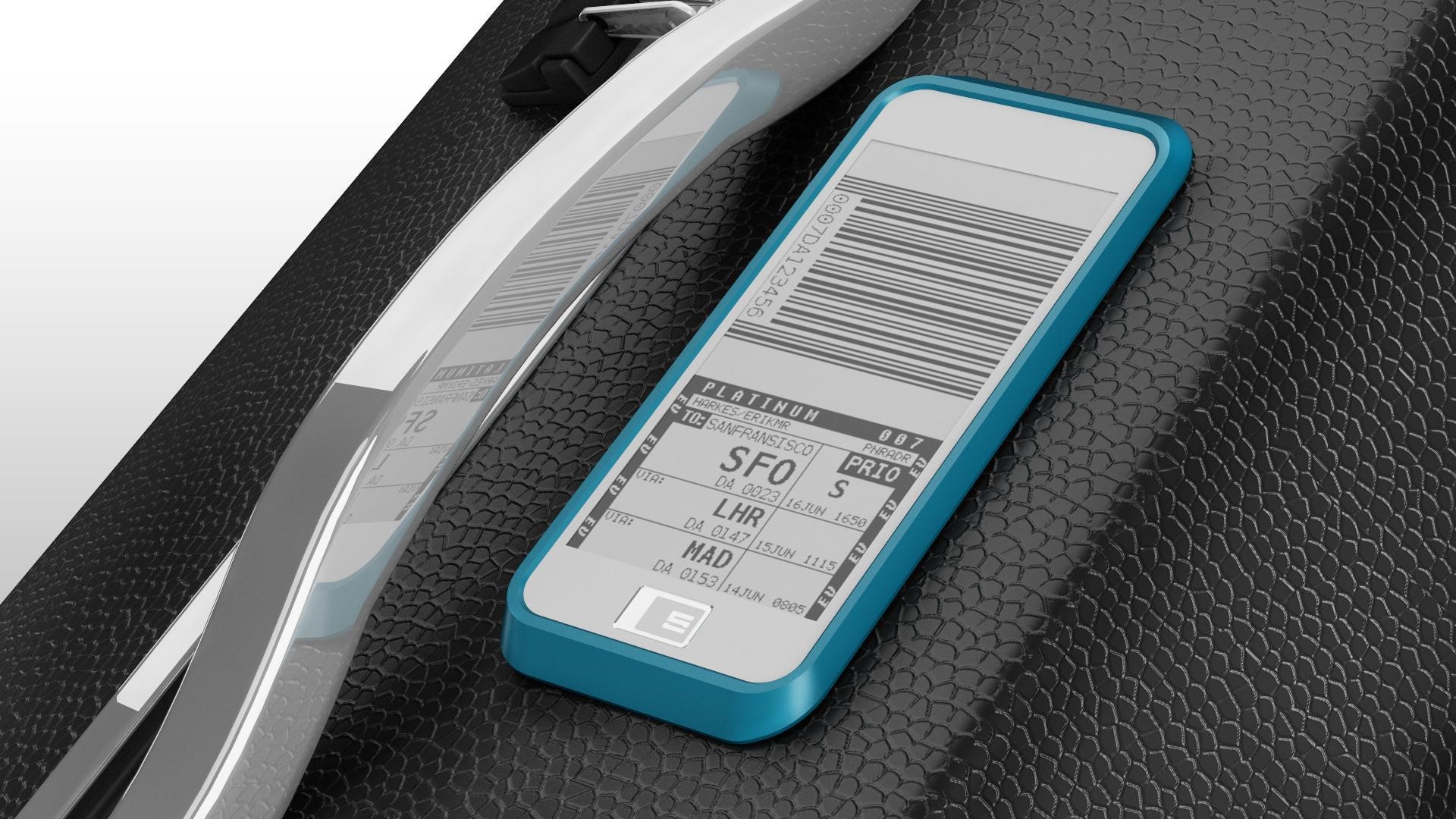
Using the BAGTAG means 85% faster bag-drop at airports
By combining energy harvesting techniques with an e-paper display, Finnish food services company Paulig has developed a smart coffee cup that is powered by the heat of the contents. Users are able to send images and text to the cup’s 2.7" e‑paper screen from a smartphone app via Bluetooth. The app also lets you know the temperature of the coffee, warning you if it’s too hot to drink.
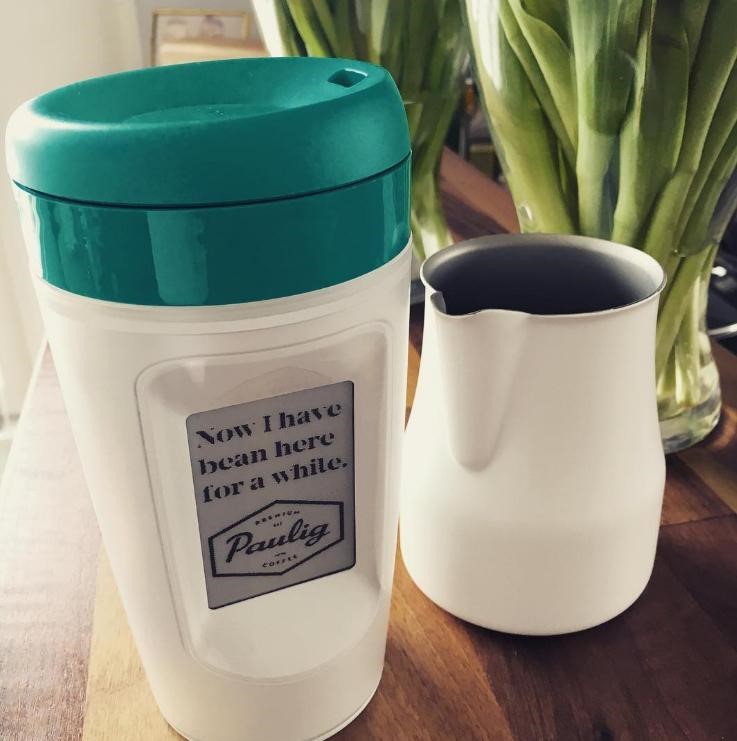
The Paulig Muki mug e-paper display is powered by the heat from coffee
Another innovative idea is using an e-paper display for seat numbering at event venues and conferences. Contract furniture manufacturer Casala recently supplied new seating to London’s Westminster Abbey that included a batteryless e-paper chair number system called Zifra. The displays, which can show seat number, name or a logo, are updated using a handheld remote control. Embedded engineering company MpicoSys came up with the Zifra design, winning the German Design Award for Excellent Product Design in 2015.
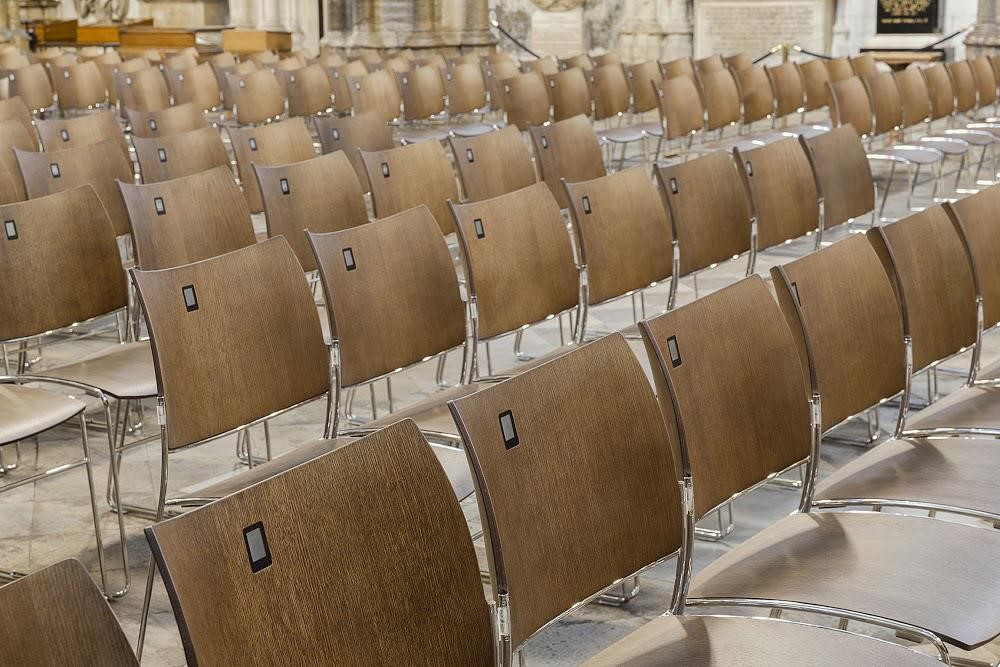
Casala’s smart seating in Westminster Abbey uses batteryless displays to show seat numbers, row numbers or logos
E-paper is also finding a rapid adoption in tagging applications. These range from smart identity tags for company personnel through to those used to tag items within a supply chain and/or logistics operation. Identity tags contain all the required personal information required for security and access control, but the NFC tag incorporated within it means it will also operate door locks. Such tags and badges are not limited to the workplace or factory either as they are ideal for using at large events and would enable personal, or function-based networking at conferences or on cruise ships.
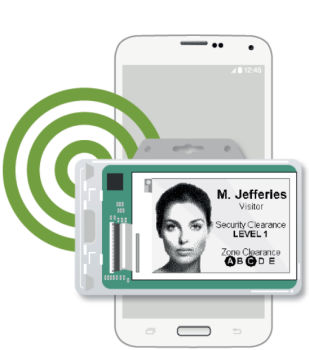
An NFC-enabled batteryless e-paper badge
In a similar manner, smart tagging of products within a factory or extended supply chain (across multiple sites) can bring many benefits. For example, many manufacturing and supply chain operations use a variety of trays, boxes and rigs to transport parts around manufacturing and customer sites and those of various sub-contractors. These are called reusable transport items and adding e-paper tags to them enables better tracking and more efficient utilisation. E-paper tags are used to speed up and streamline picking and routing tasks, which in turn helps reduce cost and improve service levels. In some industries, such as pharmaceutical and food manufacturing, the e-paper tags display additional key parameters such as shelf life dates and temperature. As many of these sectors are highly regulated, traceability of items such as chilled foods is a key part of an organisation’s Hazard Analysis and Critical Control Points (HACCP) responsibilities. The AIOI Systems Smart Tag is a good example of such an e-paper tag. This NFC-enabled tag is capable of storing up to 128 pages of information.
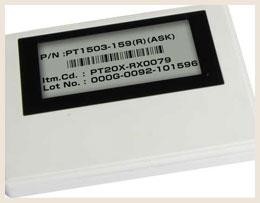
AIOI Systems Smart Tag
The growth of the IoT looks set to establish many more applications for ultra-low power displays of information in both graphical and numerical form. For many of these emerging applications, e-paper displays will be the natural choice.
About the author
Scott Soong, Founder and CEO at Pervasive Displays, has over a decade of experience in software in addition to 12 years working in displays businesses. During his career, Scott has been a founding partner at four start-up companies, including Pervasive Displays. Scott sits on the board of several other technology businesses as a consulting partner. He was a board member of One Laptop Per Child (OLPC), which looks to provide kids in developing countries with a rugged, low-cost, low-power, connected laptop. Scott has an MBA from the Haas School of Business at the University of California, Berkeley as well as a BA from the University of Michigan at Ann Arbor, US.


